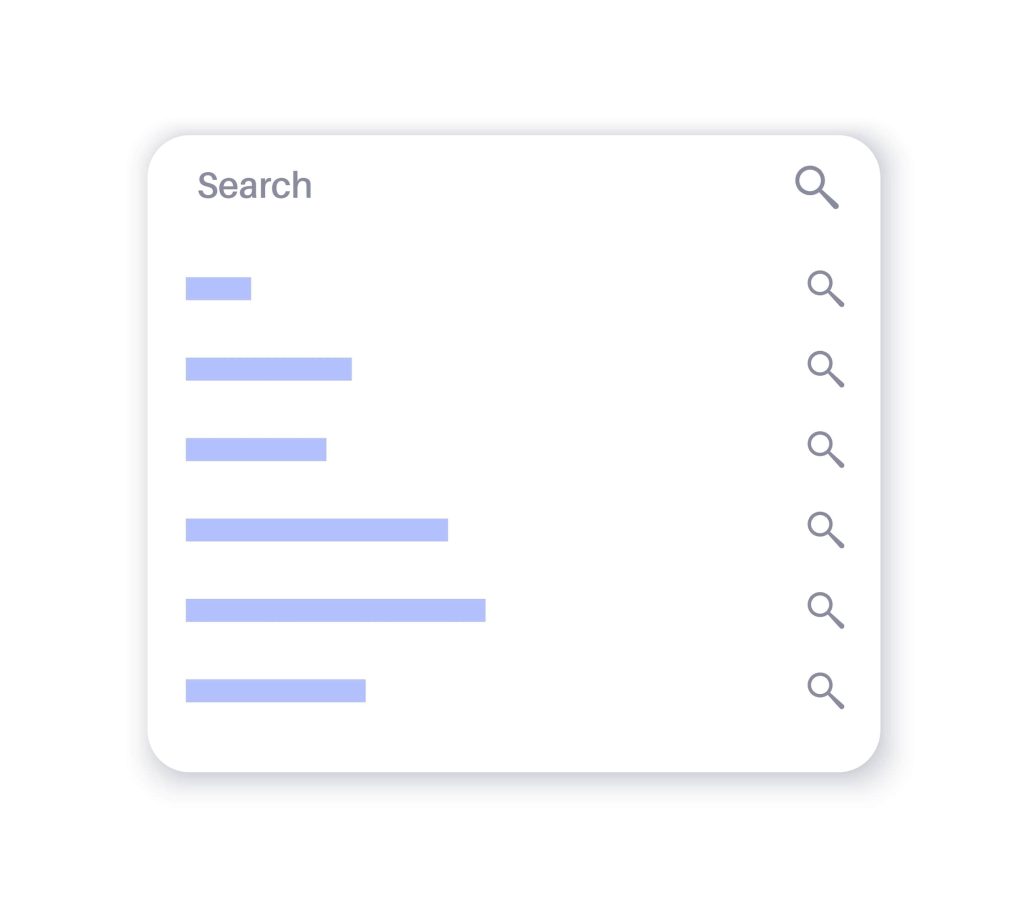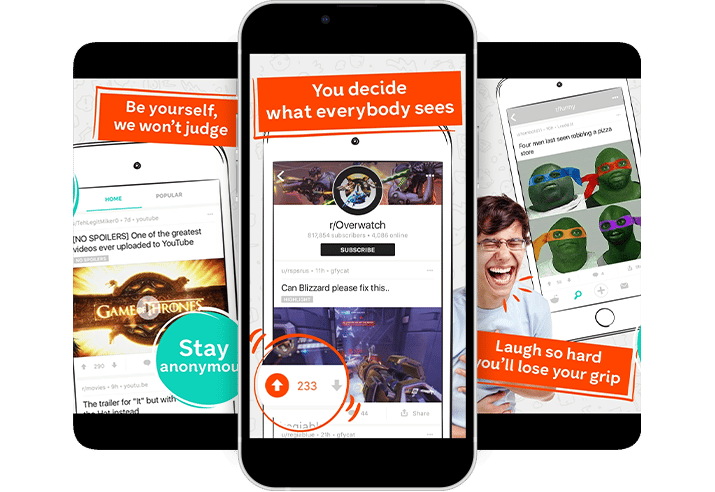
Are you looking to optimize your app store presence? App Store Optimization (ASO) is essential to any successful mobile app marketing strategy. With over 5 million apps available to download in the Apple App Store and Google Play Store combined, it’s more important than ever to stand out from the crowd. But how can you do that when so many myths about ASO are floating around?
In this blog post, we’ll debunk the top 6 myths about ASO and provide you with the facts instead.
Myth #1: “User retention is not affected by ASO”
One common myth about ASO is that it only helps with user acquisition but does not impact user retention. This is far from the truth! While ASO tactics do focus heavily on improving visibility and driving downloads, they can also significantly impact user retention rates.
- Think about it: if your app has a compelling icon, a memorable app name, and a clear description that accurately reflects its features and benefits, users are more likely to remember your app and find it again in the future. They’ll also be more likely to leave a positive review and recommend your app to others, ultimately leading to higher retention rates.

The facts:
To improve user retention through ASO, marketers should focus on creating a visually appealing app store presence and ensuring that their app’s descriptions and features accurately reflect what their user base is looking for. They should also track user reviews and feedback and make appropriate updates to optimize the user experience continually.
By improving visibility, appealing to users’ needs, and constantly optimizing your app’s store presence, you can drive user acquisition, user retention, and long-term success.
Looking to Boost Your App’s Visibility?
Our team of experts is always available!
Myth #2: “ASO is a one-time job”
This myth is one of the most pervasive when it comes to ASO. Many app marketers and owners think that once they have optimized their app, they can just leave it be and reap the rewards. Unfortunately, this isn’t true. ASO is an ongoing process that requires regular updates and maintenance in order to stay competitive.

The facts:
The app store landscape is constantly changing, with new apps being released daily. This means that if you don’t keep up with your ASO efforts, your competitors will quickly overtake you in rankings and visibility. Additionally, algorithms are regularly updated by Apple and Google, so what worked for your app last year may not work this year. It’s important to stay on top of trends and changes in order to ensure your app remains visible and successful.
In addition to staying up-to-date with algorithm changes, regularly updating your ASO efforts can also help you reach more users.
- By experimenting with different keywords or descriptions, you can find new ways to reach potential customers who may not have found you before.
- However, you should avoid changing your app’s title too often, as it could harm your app’s credibility and ranking in the search results in the long run.
- Additionally, A/B testing can help you determine which elements of your page are working best for driving downloads and engagement.
It’s also crucial to remember that ASO is a long-term investment; while it may take some time for your efforts to pay off, the benefits will ultimately be worth it. Regularly updating your ASO strategy will ensure that your app remains competitive in the ever-changing mobile landscape.
Myth #3: “ASO doesn’t matter if my app is good.”
Another extremely common ASO myth is that if a mobile application is well-designed, useful, and offers a great user experience, it will automatically become popular in app stores. Some app marketers believe that if an app is good, it will be discovered easily by potential users and thus generate a high number of downloads. However, this is not necessarily true.

The facts:
ASO is important for app visibility and improved user engagement, no matter how good an app is. With millions of applications available in app stores, it’s almost impossible for users to find an app that is not optimized for search. Therefore, optimizing an app’s title, description, and other metadata elements with relevant and targeted keywords can make it easier for users to find it in app stores.
Furthermore, good ASO can improve an app’s performance and help to increase user engagement and retention. App stores consider user engagement metrics such as average session duration, retention rate, and conversion rate in their algorithms.
- By optimizing an app’s metadata with relevant keywords, app screenshots, and videos, developers can attract users who are actively searching for an app like theirs, improving user engagement and retention.
ASO is an ongoing process that helps to improve app visibility, user engagement, and retention. While building an app that offers a great user experience is important, relying solely on word-of-mouth marketing without any ASO effort is not enough to make an app successful.
Myth #4: “ASO is just for the App Store”
Many app marketers believe that ASO is just for the Apple App Store, as it is the most popular app store globally. Consequently, they neglect to optimize their mobile applications for Google Play and other app marketplaces. However, this myth is not true – ASO is essential for maximizing app visibility across multiple app marketplaces.

The facts:
Google Play is the second-largest app store globally, with over 3.5 million apps, and it has its own unique ASO ranking factors.
- When determining app ranking, Google Play evaluates app metadata, such as the title, description, keywords, user reviews, ratings, and installs.
- Additionally, Google Play considers factors like family-friendliness, app size, and retention rate when ranking apps, while the Apple App Store ranking factors also consider app usage and engagement rates.
Another unique consideration for optimizing your app to score higher on Google Play is localization.
- Google Play uses the device language and user location to serve up localized search results; therefore, localizing your app in multiple languages can potentially increase your app’s visibility and, ultimately, its downloads.
Other app marketplaces also have their own ranking factors and best practices guiding their optimization. Amazon’s Appstore, for example, has a smaller app selection but prioritizes apps that integrate with Alexa.
Therefore, ASO is essential not only for the Apple App Store but also for Google Play and other app marketplaces around the world. Marketers should optimize their app in each marketplace relevant to their target audience, considering each store’s unique ranking factors and best practices.
Want to Take Your ASO Strategy to the Next Level?
Our team of experts is always available!
Myth #5: “If I include as many keywords as possible in my app’s metadata, it will rank higher”
Many marketers believe that the more keywords they include in their app’s metadata, the higher it will rank. This is a common misconception, as stuffing as many keywords as possible into an app’s title or description can actually harm its success and credibility.

The facts:
Research has shown that apps with titles containing more than 25 characters have a significantly lower ranking than those with titles containing fewer characters. Similarly, descriptions with more than 4,000 characters are less likely to appear on the first page of search results than those with fewer characters.
- This means that including too many keywords in your app’s title or description can hurt its chances of appearing on the first page of search results.
In addition, research has found that apps that use irrelevant keywords in their metadata are often considered spammy by users and are less likely to be downloaded. For example, one study found that apps which used irrelevant keywords were 40% less likely to be downloaded than those which used relevant ones.
Overall, stuffing too many keywords into your app’s metadata is ineffective and can damage its credibility and chances of being discovered by users. It is important to focus on using relevant and targeted keywords instead of trying to cram as many as possible into your title or description.
Myth #6: “Text is bad in app screenshots.”
Some marketers believe that text is bad in app screenshots because they think it will clutter the visual design and make the screenshots less appealing. They also worry that text might not be readable on smaller screens or that it might distract from the main visuals.
However, this belief is a myth because text can help enhance app screenshots’ effectiveness.
The facts:
Without any text, users may not understand what the screenshots are trying to convey or what the app is about. In addition, text can be used to emphasize key benefits, features, or calls to action.
To strike a balance between visuals and text, app marketers should follow these best practices when including text in their app screenshots:
- Keep it short and simple: Use short, easy-to-understand phrases that quickly communicate your app’s main benefits or features.
- Use large, legible fonts: Make sure the text is large enough to be readable on different screen sizes and uses a legible font.
- Position it strategically: Place the text in a way that enhances the visuals and doesn’t distract from the main message.
- Avoid using too much text: Use text sparingly and only include the most essential information to avoid cluttering the design.
In conclusion, it is important for marketers to understand the truth behind some of the most common myths about ASO and avoid falling for them. By avoiding these misconceptions and following best practices, app developers can improve their app’s visibility, drive more app downloads, and increase user engagement.
If you’re struggling with ASO, consider enlisting the help of an experienced ASO agency to take care of the work for you. With the right professionals on board, your app can reach its full potential and stand out in a crowded app marketplace.
Ready to Experience Mobile Hypergrowth?
Our team of ASO experts is always available!







